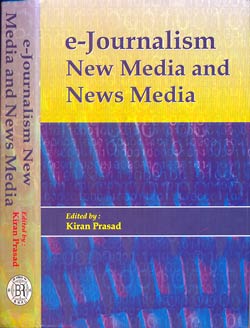Canberra.
The next speaker in this ANZCA 2010 session is Sora Park, whose focus is on online participation behaviour in South Korea. As part of a larger study, she conducted a content analysis of online discussion boards - which are a major site for political discussion and organisation in the country. How is information exchanged, diffused, and consumed online through such spaces?
Korea has one of the highest levels of broadband penetration in the world; some 90% of the population use the Net daily, and some 29% participate in online discussions. During the political riots in 2008, online discussion boards were important for organising activities, but there are also concerns about the lack of balance in political discussion - a spiral of silence may be present here, reducing the presence of alternative voices.

 First, with a chapter on "
First, with a chapter on "










